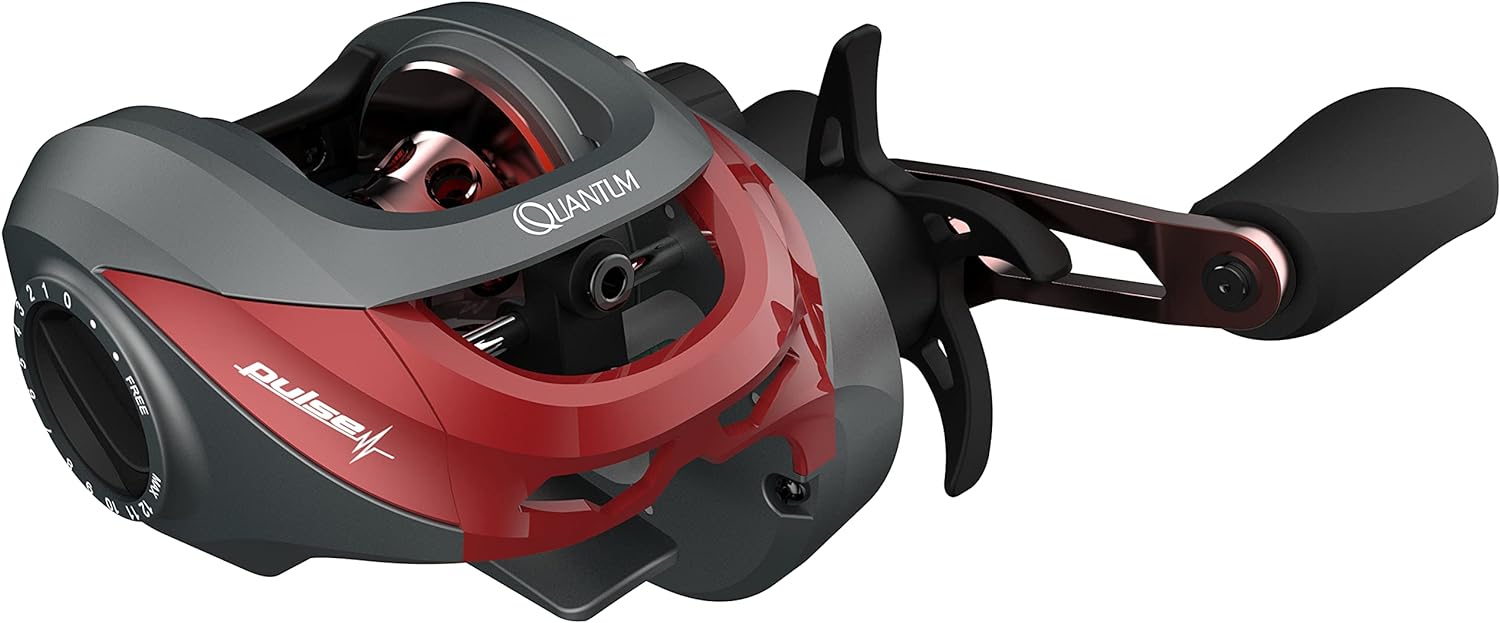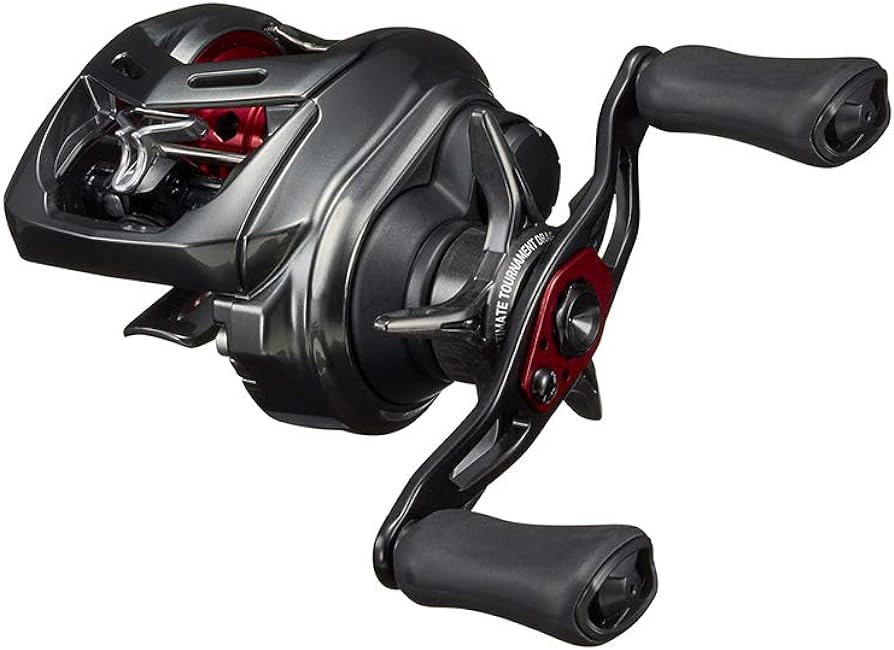-
Everything You Need to Start Fishing: A Beginner’s Comprehensive Guide
Fishing has been a cornerstone of my life since childhood, a passion passed down from generation to generation in my family. It’s more than just catching fish; it’s about connecting with nature, experiencing tranquility, and sometimes, embracing the thrill of the chase. If you’re looking to start fishing but find yourself overwhelmed by the equipment choices and techniques, this guide is for you. I’ll walk you through the essentials, share some of my personal experiences, and hopefully, make your entry into the fishing world as smooth and enjoyable as possible.
Getting Started: Understanding the Basics
1. Fishing License
Before you cast your first line, it’s crucial to get a fishing license. The regulations vary by location, so check with your local wildlife agency. Getting a license is not just about following the law; it’s a way to contribute to conservation efforts and ensure the future of fishing for generations to come.
2. Choosing Your Fishing Gear
Rod and Reel
Your fishing rod and reel are your primary tools. As a beginner, opt for a medium-strength, versatile setup that can handle various fishing conditions. I started with a spinning reel and rod combo, an easy-to-use option that helped me learn the basics without overwhelming me.
Line
The type of line you choose can significantly affect your fishing experience. While there are several types, starting with a monofilament line is a good idea. It’s affordable, forgiving, and suitable for various fishing scenarios. As you gain experience, experimenting with braided or fluorocarbon lines can be worthwhile.
Hooks, Weights, and Floats
A selection of hooks in different sizes will prepare you for various fish species. Remember, the larger the number, the smaller the hook. Weights help your bait sink, and floats (or bobbers) keep your bait at the desired depth while signaling when a fish bites.
3. Bait and Lures
Choosing between live bait and lures can be daunting. I’ve found live bait to be incredibly effective for beginners because it can attract a wide range of fish. Worms, minnows, and crickets are great starters. Lures are artificial baits designed to mimic the appearance and movement of prey. Experimenting with different lures as you grow more confident can add an exciting dimension to your fishing.
Where to Fish: Finding the Perfect Spot
Freshwater vs. Saltwater
Deciding between freshwater and saltwater fishing will influence your gear and target species. Freshwater fishing in lakes, rivers, and ponds is accessible and offers a variety of species such as bass, trout, and catfish. Saltwater fishing introduces you to a whole new world, with species like sea bass, flounder, and mackerel. Check local guides or apps for popular fishing spots near you.
Understanding the Environment
Paying attention to the environment can significantly increase your chances of a good catch. Look for signs of fish activity, such as birds diving into the water or fish jumping. Structures like docks, logs, and rocks can also be hotspots for fish.
Learning the Ropes: Basic Techniques
Casting
Mastering the cast is essential. Start by practicing in an open area away from the water. The overhead cast is a fundamental technique that serves well in most fishing scenarios. Remember, practice makes perfect.
Setting the Hook
Once a fish bites, setting the hook is crucial. A firm yet gentle upward tug on the rod will ensure the hook penetrates the fish’s mouth. This can be one of the most thrilling aspects of fishing, signaling the start of the battle between angler and fish.
Catch and Release
Not every fish needs to come home with you. Learning how to properly catch and release ensures the fish’s survival and contributes to sustainable fishing practices. Use barbless hooks and handle the fish with wet hands to minimize stress and injury.
Beyond the Basics: Joining the Community
Fishing is not just about the solitude; it’s also about the community. Joining local fishing clubs or online forums can enhance your experience, offering tips, camaraderie, and sometimes, lifelong friendships. Sharing stories and advice with fellow anglers has been one of the most rewarding aspects of my fishing journey.
Wrapping Up: Embracing the Journey
Starting your fishing adventure can be as simple or as complex as you make it. Remember, everyone was a beginner at some point. Don’t be discouraged by unsuccessful trips; even the most experienced anglers have days when the fish just aren’t biting. Fishing is a journey, one that teaches patience, respect for nature, and perseverance.
As you prepare for your first fishing outing, remember that it’s not just about the fish; it’s about the experience, the learning, and the memories you’ll create. Whether you’re casting a line from a serene lakeside or battling the waves in the open sea, fishing offers a unique blend of challenge, relaxation, and connection to the natural world. Welcome to the angling community; your adventure awaits.


